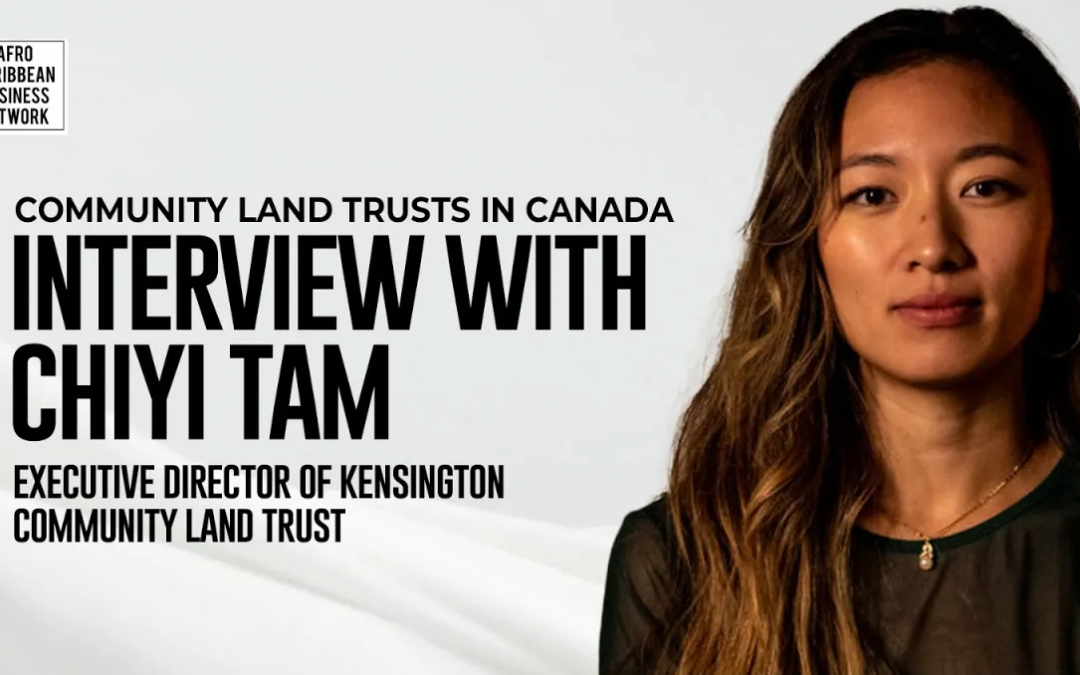At ACBN, we believe in I am because we are—a principle that calls us to build together, share resources, and create sustainable futures.
We recently sat down with Chiyi Tam, Director of the Kensington Market Community Land Trust (KMCLT), to explore how community land trusts in Canada are reshaping ownership and offering stability to businesses, especially those owned by minorities and new immigrants.
With real estate speculation driving up costs and displacing small businesses, CLTs present a powerful alternative: collective ownership that keeps land in community hands forever.
1. Ownership through collective power
Individual entrepreneurs often can’t compete with large real estate investors. CLTs change the dynamic. By pooling resources, businesses and community members can purchase and secure properties that would otherwise be lost to speculation.
Pooled strategy: Shared mortgages, revenue, and grant applications make ownership possible.
Protecting small businesses: KMCLT has helped secure long-term leases for immigrant-owned food vendors and other minority-owned shops.
Collective survival: CLTs shift power from dependency on wealthy benefactors to community-led ownership.
Key insight: Ownership through a CLT means moving from survival to security, ensuring businesses stay rooted in their neighborhoods.
2. Hybrid financial innovation
CLTs thrive by blending business strategies with social innovation. By acquiring commercial and residential properties, they prevent evictions, stabilize rents, and build long-term affordability for entrepreneurs.
3. Learning from history
Chiyi points to examples like the Chinese diaspora’s family associations, which pooled money a century ago to purchase housing. Those investments still provide affordability today.
Lesson for Black entrepreneurs: Our history is full of mutual aid and cooperative strategies. CLTs are a modern continuation of that legacy.
4. Economic democracy in action
CLTs are more than a housing solution—they’re a form of economic democracy. Members don’t just advocate for change; they help decide how land is used.
The next wave of CLTs is moving from preservation to development—constructing new buildings and keeping the revenue local instead of losing it to global developers.
Why this matters for Black entrepreneurs
The CLT model has deep roots in Black civil rights organizing in the American South, where it was created to protect Black farmers from losing land. Today in Canada, CLTs are connected to anti-racist work, Indigenous land back movements, and cultural reclamation projects in places like Nova Scotia.
For Black business owners, CLTs are not just about property—they are about justice, sovereignty, and building the foundation for generational wealth.
Call to Action
If a CLT doesn’t exist in your area—start one. If it does, get involved, become a member, and help raise funds. Every building saved is a step toward reclaiming control of our neighborhoods and securing a future where small businesses thrive.
To learn more about how CLTs can reshape ownership for entrepreneurs, watch our full ACBN interview with Chiyi Tam: Watch on YouTube
Learn about our ACBN Membership so we can work with you to build your business: https://acbncanada.com/membership/




